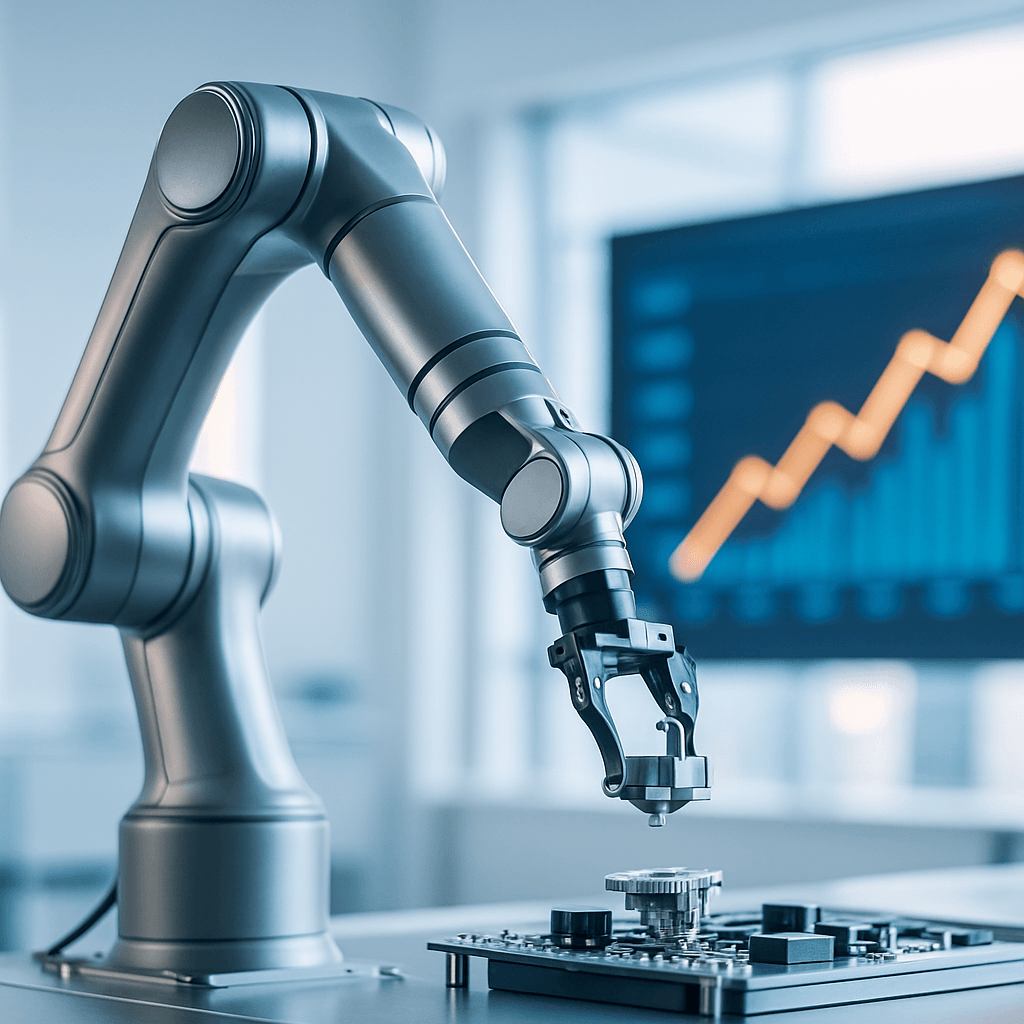The robotics startup ecosystem has hit an inflection point that goes far beyond the AI hype. Investors poured $6 billion into robotics companies in just the first seven months of 2025, making it one of the few non-AI categories experiencing a funding surge. The real catalyst? A decade of market maturation, plummeting hardware costs, and hard-learned lessons about what actually works in the real world.
The robotics revolution brewing in Silicon Valley has little to do with the AI gold rush everyone's talking about. Instead, it's the result of a decade-long journey that began when Amazon quietly acquired a small Massachusetts startup called Kiva Systems back in 2013.
"I like to say Kiva Systems' acquisition was the acquisition that launched 1,000 robotic startups," Seth Winterroth, partner at Eclipse Ventures, told TechCrunch. That single deal triggered what he calls the first wave of robotics entrepreneurship, spawning companies like 6 River Systems and Clearpath Robotics - some successful, many not.
But those failures weren't wasted. The talent learned, the lessons compounded, and now the industry is seeing the payoff. Investors have already committed $6 billion to robotics startups in the first seven months of 2025, according to Crunchbase data. The research firm predicts 2025 will eclipse last year's totals, making robotics one of the only non-AI categories experiencing a funding boom.
The math finally makes sense. "The cost of building robotics has been going dramatically down," explains Fady Saad, general partner at robotics-focused Cybernetix Ventures. "Advances in sensor technology, compute, and batteries - it was the perfect timing to start full-stack robotics solutions."
This cost compression is creating viable paths to scale that didn't exist five years ago. Manufacturing, warehousing, and construction - the early adopters of automation - continue attracting the most venture dollars. Healthcare and surgical robots are also seeing significant investment, with eldercare emerging as a compelling new vertical.
"Manufacturing and mining, burning labor shortages, aging populations - no humans are available at any price, even imperfect robotics are better than nothing," Kira Noodleman, partner at Bee Partners, told TechCrunch.
The market has also learned what doesn't work. The "lights out manufacturing" dream - fully automated factories with zero human oversight - proved unrealistic in the 2010s. Instead, successful robotics companies focus on specific, repetitive tasks like machine tending, where robots complement rather than replace human workers.


